How Much Power Is Consumed By A Load Drawing 5 A
Power Consumption of PC Components in Watts
Typical power consumption of PC components in watts - Discover what are power requirements of your CPU, motherboard, video card, hard drives and more.
Knowing the power usage of PC components serves two important purposes:
- You can make an informed decision on the amount of computer power supply wattage needed.
- You can pinpoint which components sap the most power and cut down on your electricity bills.
We shall cover the typical power consumption of PC components in your computer case during active use. This includes the CPU, motherboard, RAM, graphics card, hard drives (HDD, SSD), optical drives and even case fans.
CPU Power Consumption
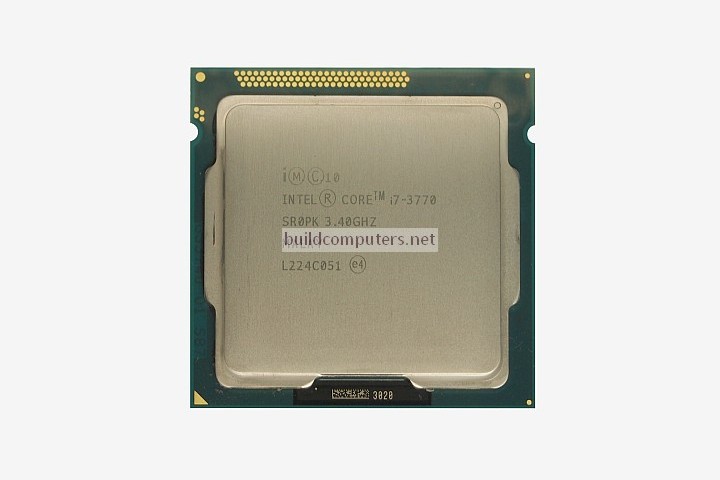
| Intel Low End CPU (Core i3) | 55 to 73 W |
| Intel Mid End CPU (Core i5) | 73 to 95 W |
| Intel High End CPU (Core i7) | 77 to 95 W |
| Intel Top End CPU (Core i7-E) | 130 to 150 W |
| AMD Low End CPU (2 cores) | 65 to 95 W |
| AMD Mid End CPU (4 cores) | 65 to 125 W |
| AMD High End CPU (8 cores) | 95 to 125 W |
Long gone are the days when Intel and AMD were locked in an arms race for higher clock speeds and big performance gains at the expense of everything else.
Today CPU manufacturers are more interested in lowering CPU power consumption while achieving similar or improved performance. Their focus has shifted from raw performance to improved power efficiency and better integrated graphics.
Main factors which affect a CPU's power requirements include: number of cores (and number of threads), clock speed, voltage settings and manufacturing process (in nanometers).
Motherboard Power Consumption
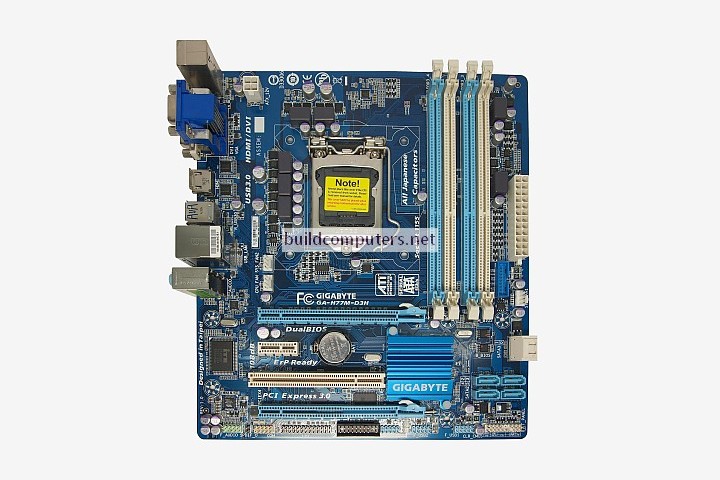
| Regular Motherboard | 25 to 40 W |
| High End Motherboard | 45 to 80 W |
Factors that affect motherboard power consumption: number of power phases, type of voltage regulator, integrated chipsets and modules (e.g. on-board sound, on-board Wi-Fi, add-on USB connectors, add-on SATA connectors etc.) and BIOS power saving features.
RAM Power Consumption
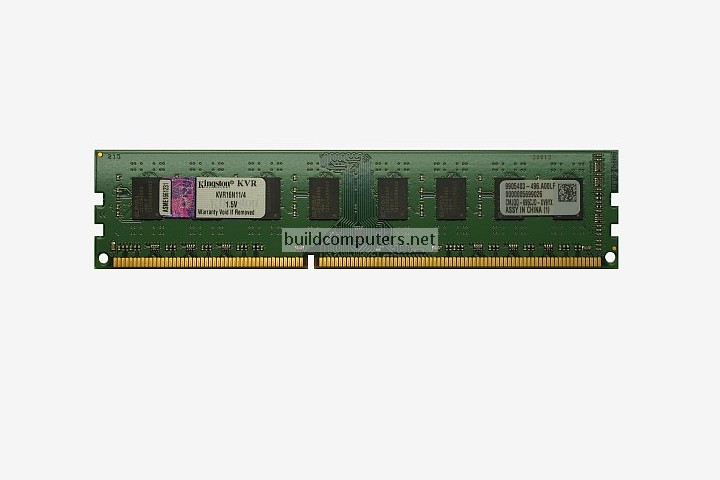
| DDR1 RAM (2.5 Volts) | 4 to 5.5 W |
| DDR2 RAM (1.8 Volts) | 3 to 4.5 W |
| DDR3 RAM (1.5 Volts) | 2 to 3 W |
RAM modules add very little to the power draw of PC components. The main reason why DDR3 RAM consumes less power than DDR2 or DDR RAM is due to its lower operating voltage. A higher clock speed will also lead to higher power consumption (e.g. DDR3 RAM running at 2,133 MHz will use more power than DDR3 RAM at 1,600 MHz).
Interestingly the amount of RAM has little or no effect on power consumption of PC components. A stick of 4 GB DDR3 RAM will draw about the same amount of power as a stick of 8 GB DDR3 RAM (assuming that they have the same clock speed).
Video Card Power Consumption
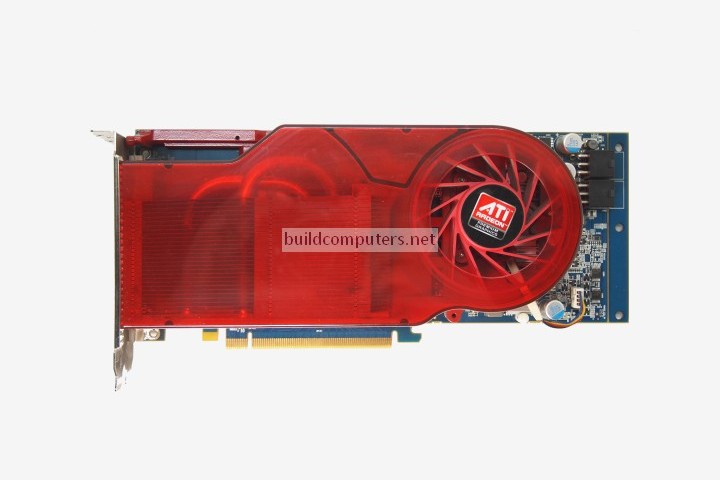
| Load Power Draw | Idle Power Draw | |
| Low End Graphics Card (Under $125) | 25 to 86 W | 5 to 10 W |
| Mid End Graphics Card ($125 to $250) | 110 to 164 W | 8 to 13 W |
| High End Graphics Card ($251 to $400) | 162 to 258 W | 12 to 20 W |
| Top End Graphics Card (Above $400) | 240 to 350 W | 39 to 53 W |
As CPU power consumption dwindles with each passing generation, discrete graphics cards are taking over as the biggest power hogs when it comes to power requirements for PC components.
To give you a better understanding on power consumption of PC components, we have broken down video card power consumption into idle and load power draw.
Idle Power Draw - Computer is booted into a clean installation of Windows and left to idle (power savings turned off). Measurements are taken once the power draw is stable.
Load Power Draw - Maximum power consumption measured during a video card stress test (with Furmark being the most popular choice). These values are most useful in helping you choose your power supply wattage.
Hard Drive Power Consumption
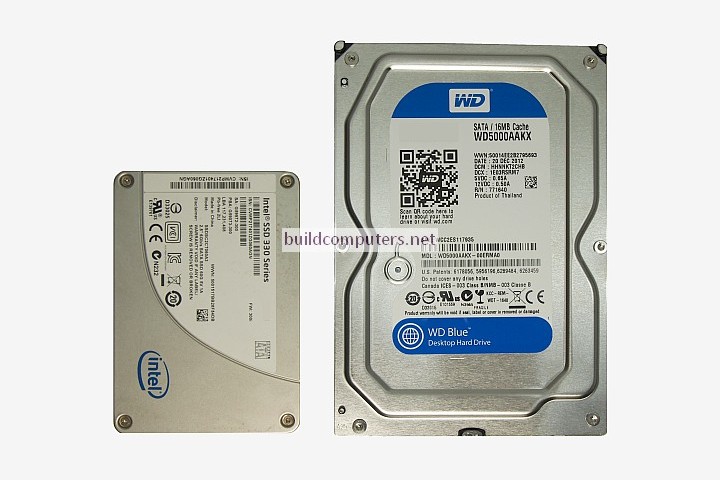
| Solid State Drive SSD | 0.6 to 2.8 W |
| 2.5" Hard Disk Drive HDD | 0.7 to 3 W |
| 3.5" Hard Disk Drive HDD | 6.5 to 9 W |
Today we shall bust a myth on the power consumption of PC components: A solid state drive doesn't necessarily consume less power than a hard disk drive. As you can see from the table above, there is negligible difference in power usage between a SSD and 2.5" HDD. While 2.5" HDDs are more common in laptops, you can easily install them into any desktop computer.
That being said, solid state drives still consume less power than 3.5" hard disk drives (plus they are magnitudes faster and less vulnerable to physical damage). For details on SSD vs HDD, we recommend that you read our "Should You Buy a Solid State Drive or Hard Disk Drive" article.
Optical Drive Power Consumption
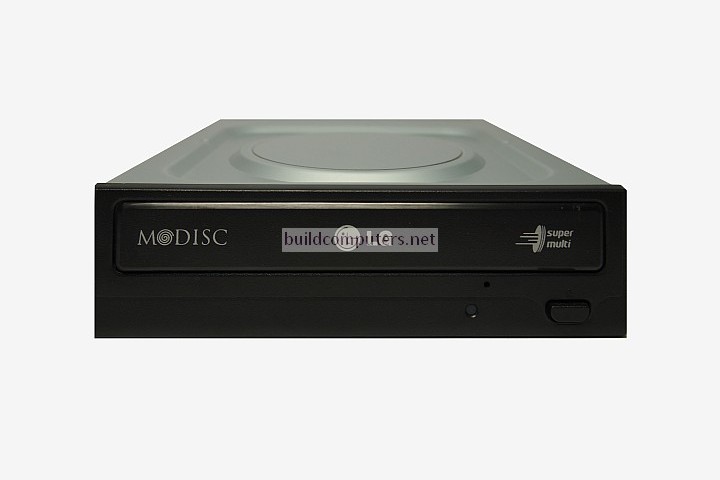
| SATA DVD Drive | 15 to 27 W |
| SATA Blu-ray Drive | 25 to 30 W |
The above table indicates the maximum power consumption of optical drives when burning a DVD or Blu-ray disc. Optical drives consume just 1.5 to 5 Watts of power during idle, so they add very little to the total power consumption of PC components.
Case Fan Power Consumption
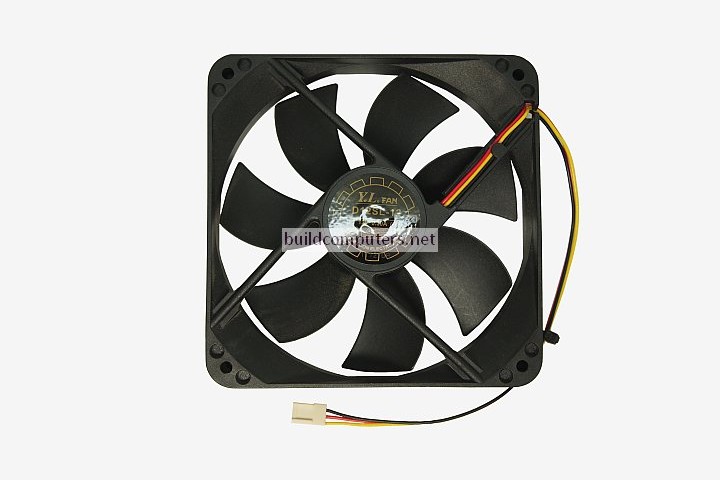
| 80 mm Case Fan (2,000 RPM) | 0.6 to 1.8 W |
| 80 mm Case Fan (3,000 RPM) | 2.4 to 3 W |
| 120 mm Case Fan (1,200 RPM) | 0.6 to 2.3 W |
| 120 mm Case Fan (2,000 RPM) | 3.6 to 6 W |
| 140 mm Case Fan (1,000 RPM) | 0.9 to 1.7 W |
| 140 mm Case Fan (2,000 RPM) | 4.2 to 6 W |
When calculating power consumption of PC components, most consumers fail to factor in case fan power usage. That is a common mistake - While case fans typically don't contribute much to the power requirements of PC components, it does matter in certain scenarios: e.g. building a NAS or HTPC (where every watt counts) or in high end rigs with five fans or more.
Factors affecting case fan power consumption: fan speed (measured in RPM), fan size (80 mm, 92 mm, 120 mm, 140 mm and 200 mm) and whether it has LED lights.
Like and Share
How Much Power Is Consumed By A Load Drawing 5 A
Source: https://www.buildcomputers.net/power-consumption-of-pc-components.html
Posted by: mcnamaragulay1979.blogspot.com

0 Response to "How Much Power Is Consumed By A Load Drawing 5 A"
Post a Comment